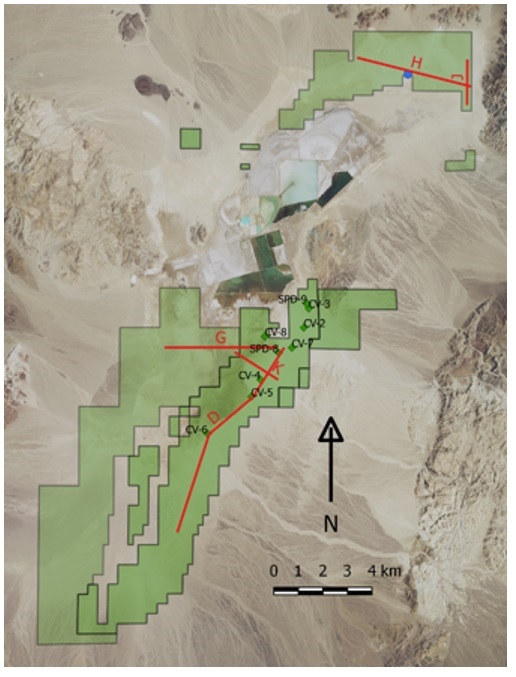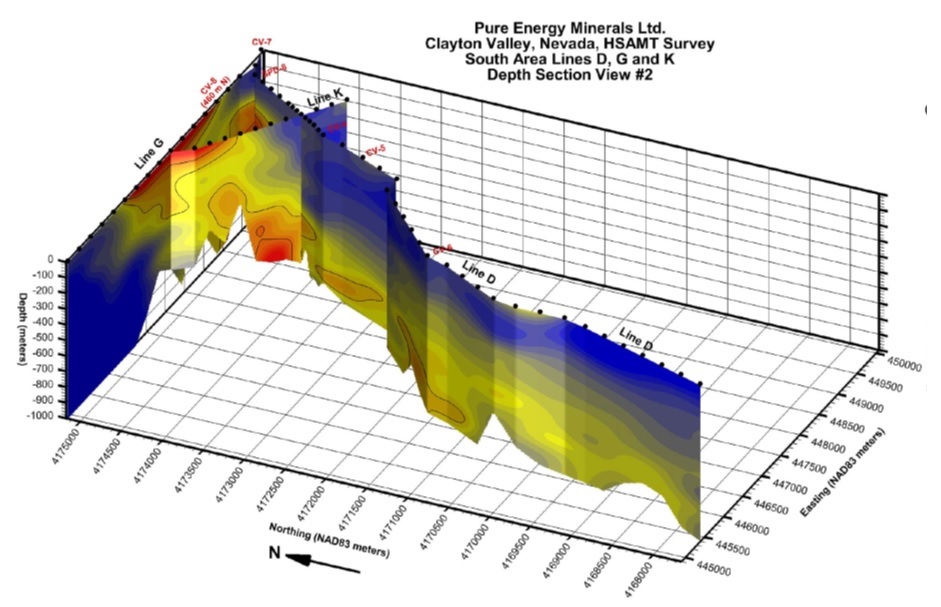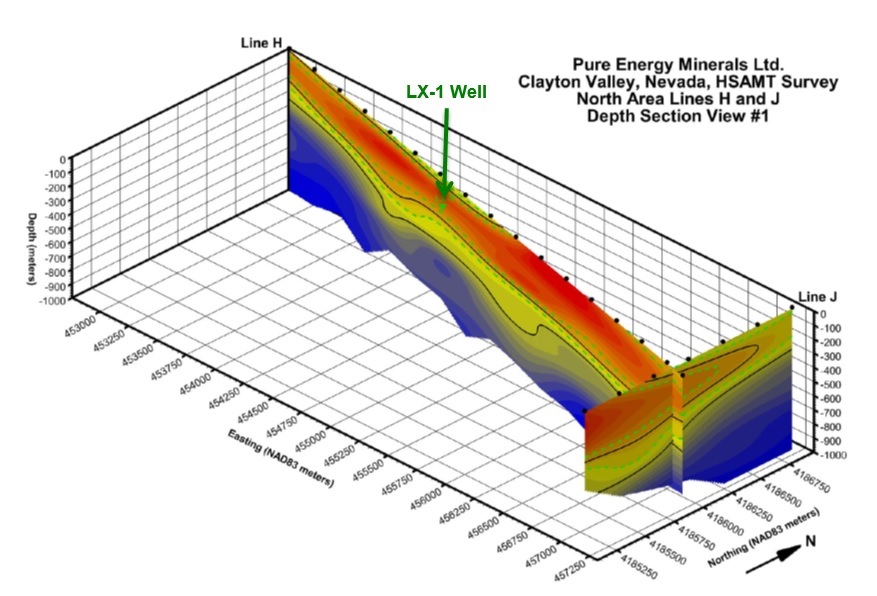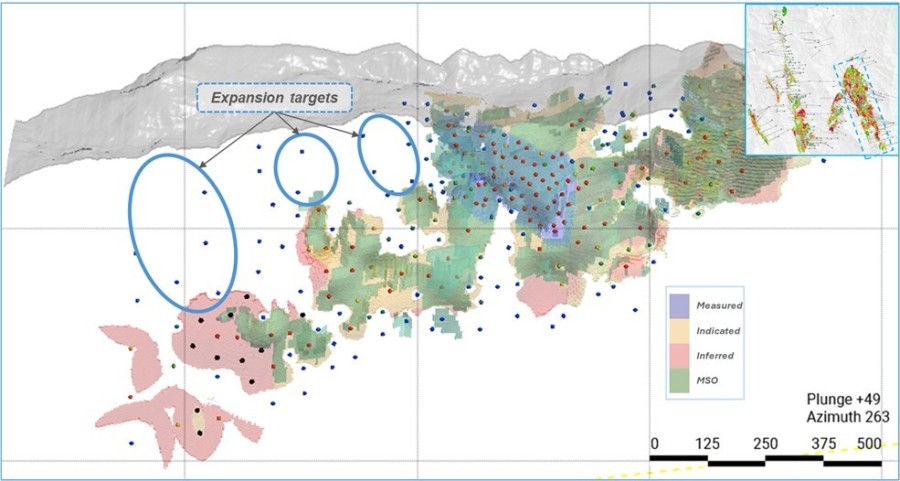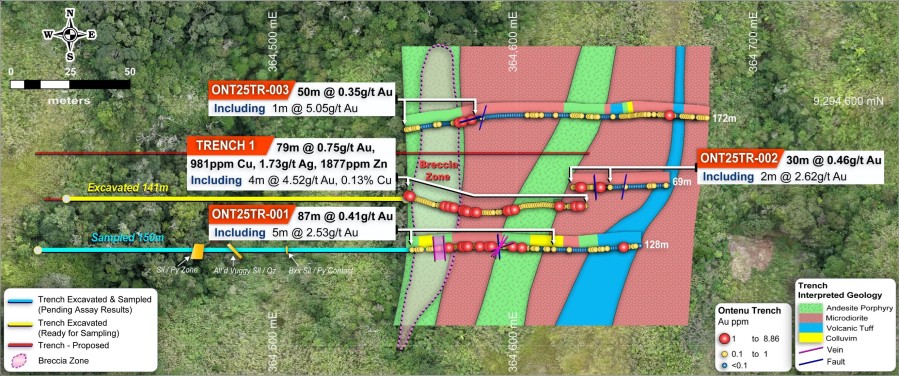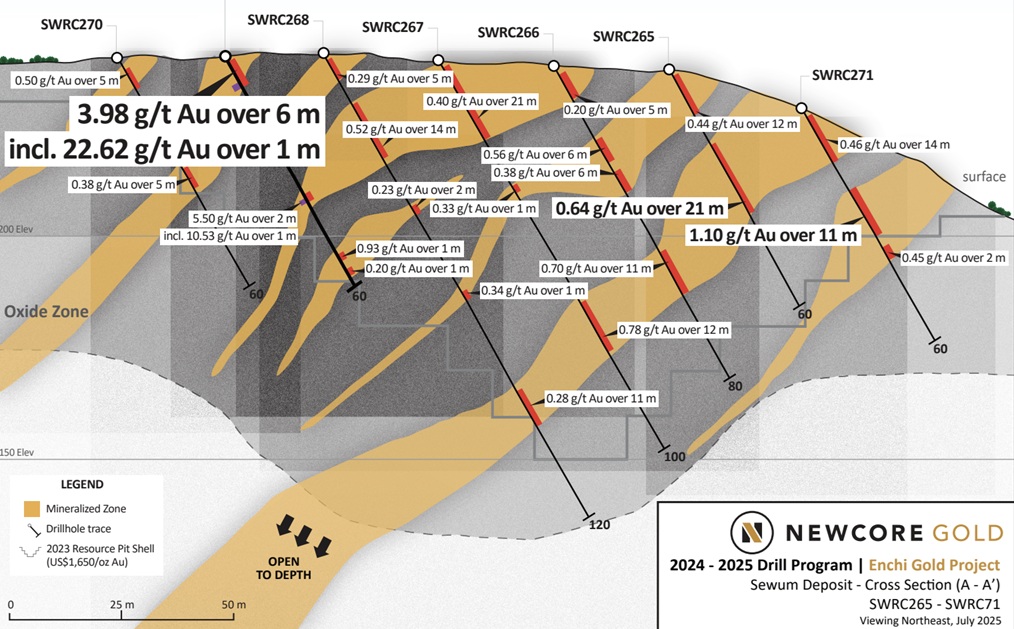DENVER, Oct. 31, 2017 (GLOBE NEWSWIRE) -- Pure Energy Minerals Limited (TSX-V:PE) (OTCQB:PEMIF) (the “Company” or “Pure Energy”) is pleased to announce results from the latest phase of geophysical exploration at its Clayton Valley Project (“CV Project” or “the Project”) located in Esmeralda County, Nevada. Preliminary reviews of the geophysical data show zones of low electrical resistivity from near the surface to depths up to 1,000 meters that may indicate the presence of lithium bearing brine in new target areas. Results from the new geophysical survey combined with existing geophysical, geochemical, and geological data will be used to select targets for an upcoming drilling program.
The geophysical exploration program at the CV Project consisted of a Hybrid Source Audio-Magnetotellurics (HSAMT) survey that covered portions of the South Valley, including part of the Company’s inferred lithium brine resource, and the North Valley, which has seen very limited exploration. The objectives of the HSAMT survey were to: define the extent of conductors that may represent lithium-bearing brine units; map the continuity, thickness, dip, and extent of potential brine-hosting units; and identify drill targets or additional data needed prior to drilling. HSAMT data were acquired at 85 stations located along five transects illustrated in Figure 1. Hasbrouck Geophysics, a firm with extensive experience in Clayton Valley and other southwestern US evaporite basins, performed the work under contract to Pure Energy.
The HSAMT method is a relatively new adaptation of Controlled Source Audio-Magnetotellurics (CSAMT), which is commonly used in the mineral exploration industry. It determines the electrical resistivity distribution underground by measuring time-dependent variations of the earth’s natural electrical and magnetic fields, as well as the electrical and magnetic fields resulting from high frequency induced waves. The resistivity information can be used to evaluate subsurface geologic and hydrogeologic conditions and geologic structure. The Company previously conducted limited HSAMT surveys over the existing inferred lithium brine resource in order to calibrate the technology for this survey over the newly expanded land position.
One emphasis of the HSAMT survey was to link areas of known lithium brine with untested areas. The surveys in the South Valley area of the Project tied in brine sampling and well logging results from CV-3, CV-7, and CV-8 as well as earlier brine sampling data from CV-1 and CV-3. Some of the interpreted results from the three HSAMT lines in the South Valley are shown in Figure 2. Zones of relatively low electrical resistivity (high electrical conductivity) exist along each of lines D, G, and K (shown in warm colors). In some cases, these zones can be correlated with known lithium brine in exploration wells kilometers away, generating new targets to the west, south, and north. Some anomalous zones of low electrical resistivity extending below the bottoms of wells CV-4, CV-5, and CV-6 exhibit similar electrical resistivities to those associated with the high quality lithium brine near the bottom of well CV-8.
Results from the HSAMT survey in the North Valley are summarized in Figure 3 below. Line H trends past the location of exploration well LX-1, where a lithium-bearing sand/silt/gravel aquifer system was identified at depths up to 370 meters during drilling and sampling by Lithium X Energy Corp. Zones of low electrical resistivity (warm colors) can be seen extending southeast, past LX-1, and to the northwest into areas that have not previously been drilled or sampled. Potential geophysical targets where the characteristics are similar to the conditions at LX-1 extend over an area larger than 4km by 2km.
Walter Weinig, Pure Energy’s Vice President of Projects and Permitting, commented “Results from this phase of geophysical work highlight some strong targets for further exploration. The low electrical resistivities at depth, to the west of our current resource, and in the previously unexplored North Valley illustrate the potential for discovery of additional lithium-rich brines in Clayton Valley. We look forward to launching the next phase of drilling during the Winter, in parallel with the engineering work on the Clayton Valley pilot plant.”
Quality Assurance
Walter Weinig, Professional Geologist and SME Registered Member (SME Registered Member # 4168729), is a qualified person as defined by NI 43-101 and supervised the preparation of the scientific and technical information that forms the basis for this news release. Mr. Weinig is not independent of the Company as he is an officer.
About Pure Energy Minerals Limited
Pure Energy Minerals is a lithium resource developer that is driven to become a low-cost supplier for the growing lithium battery industry. The Company is developing the Clayton Valley (CV) Project in Clayton Valley, Nevada. The Company is also exploring a major new lithium brine project in the Lithium Triangle of South America, the Terra Cotta Project (“TCP”). The TCP is located on Pocitos Salar in Salta, Argentina, where it enjoys some of the best infrastructure and access of any lithium brine exploration project in Argentina.


